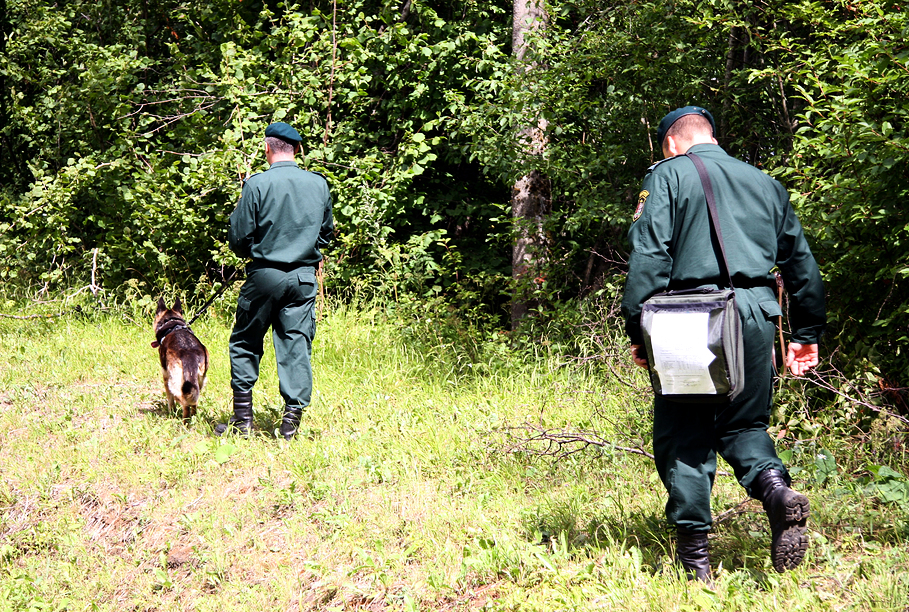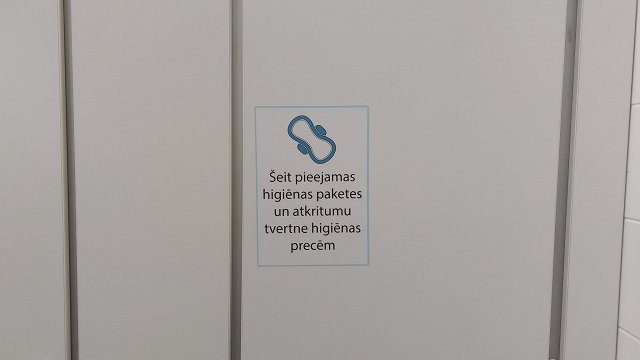The story aired on Monday explained that most of the persons detained on the border with Russia are Vietnamese, and those who are caught are waiting for a decision by the authorities about their fate.
As many of them don't have IDs or are hiding their personal data on purpose, some of them go on living in the Daugavpils immigration center for months.
The Aizliegtais paņēmiens team tried questioning those who live in the center, but only a few persons agreed to answer via an interpreter. What they said wasn't particularly revealing.
Many of those detained in Latvia had worked in Russia and went to Europe looking to earn more money. They claimed that their goal in Europe is Poland.
In the Polish city of Wólka Kosowska, where a sizable Vietnamese colony is located, the journalist team met a Vietnamese man that claimed to have crossed the border between Russia and Latvia en route to there.
He said that crossing the border into Europe had been hard - nothing to eat and drink, and at one time their guides had feared discovery by the Border Guard, so they had left them stranded in the woods. They had spent a few days there, until they came upon a house from which they called their acquaintances in Warsaw, which then contacted their guides who had left them behind.
The Aizliegtais Paņēmiens team looked into why Latvia's eastern frontier is so easy to cross, making a few incursions into Russia themselves and examining the border from Grebņeva to Šķaune.
The video shows an anonymous person holding a Latvian Television microphone jumping across the ploughed land by Latvia's eastern border - it is called the 'footprint belt' as supposedly border guards can see if someone has crossed the strip, though not if the person can jump right past it. A Border Guard watchtower was located about a kilometer away from the spot.
In further investigation, it was discovered that the Border Guard has to work with limited capabilities - the border is separated neither by a fence, nor a 'footprint belt' that's wide enough, while the watchtowers are too few and far between and often obstructed by trees.
Movement and heat sensors are placed by the borderland, but there are too few of those too, and a part of them are regularly out of order. Furthermore, they give off false signals as animals routinely cross the border too. The border is easily crossed at night as guards don't go to patrol then - they say they can only give themselves away with flashlights, while night-vision equipment is scarce.
Border Guards told that mostly illegal entrants are caught if their guides have abandoned them and they are forced to remain in the forest until they start looking for them. The entrants are often provided with GPS devices, but not all know how to operate these devices. Furthermore, the guides know that a particular group is about to be pursued, effectively clearing the way for others to enter at the same time.
Although it is not known exactly how many Border Guard patrol Latvia's eastern borders, the Interior Ministry has admitted this spring that in order to look after the border more than 260 extra Border Guards are needed on the eastern frontier.































